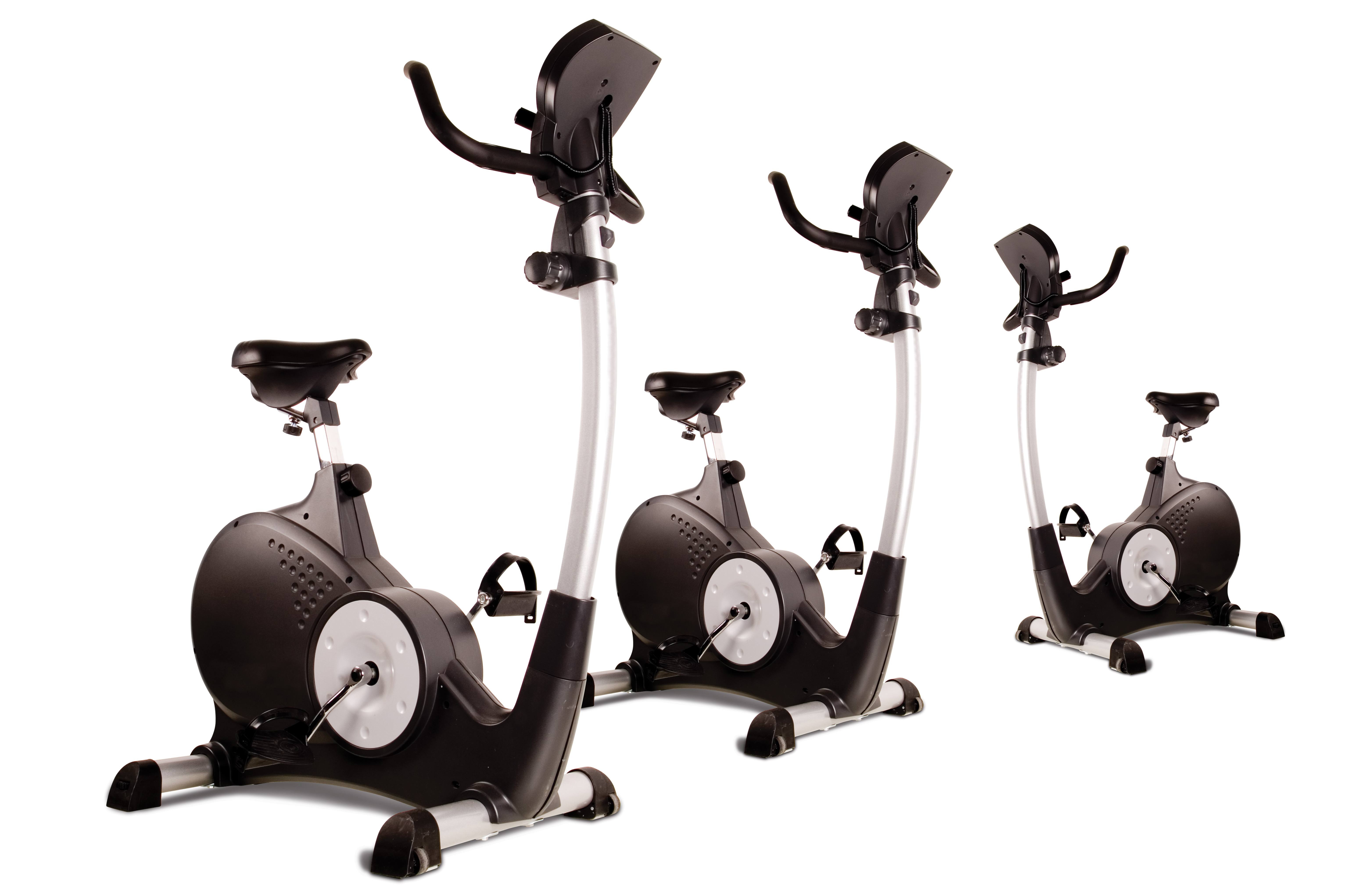Personal trainers need to be well-rounded and well versed in a variety of exercises. Every trainer should know how to train someone by means of aerobic (cardiovascular), anaerobic, flexibility and agility-based activities. And without further ado, here are some tips on cardio training.
In some very meaningful ways, cardiovascular training is not so very different from resistance training: The same F.I.T. principle (frequency – exercise sessions per week, intensity – heart rate, and time – length of endurance session) applies and has a direct bearing on the results achieved. There is no “one-size-fits-all” program, and a sound approach is to change each of the aforementioned aspects at an appropriate time. For example, when training someone for a race, the classic principles of periodization of apply. But the longer the race, the more duration should be emphasized over intensity.
Frequency
The frequency of exercise should progress from low to high whenever a new phase is introduced or upgrade is made. For example, it is possible to keep the time per session the same or slightly lower when adding a session within a given week. The two main forms of cardiovascular work are aerobic (below the lactate threshold) and anaerobic (above the lactate threshold).
Quality
Quality of exercise is just as important as quantity. If the goal is to be able to run, swim, or cycle faster, that means finding ways to put in some quality distances or intervals efficiently. Creativity can be key. For example, lifting weights using high repetitions and with short rest intervals can yield an intense cardiovascular session without having to leave the weight room.
Starting Out
As in resistance training, all workouts should start with some form of warm-up. This should be followed by a brief stretching session of the muscles to be involved.
A commonly used set of guidelines for aerobic exercise are:
- Frequency – 3 times per week

- Intensity – between 60-85% VO2max (see the NFPT handbook for details on experience)
- Duration – at least 20 minutes
Calculating Heart Rate
To calculate heart rate using the Karvonen method, recall that: Target HR= Reserve HR * 65% + resting HR Reserve HR= Max HR – Resting HR. So, a typical 40-year-old may have a max HR of 180 and resting HR of 70. Thus, his HR reserve is 110. So multiplying HRR (110) by 0.65= 72. By adding 70 to 72, we arrive at 142. This heart rate, plus or minus 7 beats, provides a good target range for exercise. 3
What (not) to Wear
In terms of apparel, an excess of clothing can lead to overheating, causing blood to be shunted toward the skin and away from the central venous return. This is obviously counterproductive as it decreases venous return and subsequent stroke volume and can lead to a phenomenon known as the Frank-Starling principle, which forces the heart to work harder to pump less blood. This leads to an anaerobic state close to the outset of the session and can be most uncomfortable.
Keeping Things Interesting
Perhaps the most tried-and-tried way to keep someone motivated and on track is to vary the activity and set a realistic goal, or series of goals. Often someone can get a better workout by doing 10 minutes on a treadmill, 10 on a recumbent bike, and 10 on a rowing machine than they would doing 40 minutes on any single activity. For endurance workouts, consider employing a machine that has different variables. For example, a treadmill can be set to vary the rate or grade; an elliptical trainer can be adjusted for ramp angle or resistance, or the stationary bicycle can be set vary pedal cadence or resistance, etc.
Whether providing clients with a customized program or setting them up on one of the pre-assigned workout programs on a machines, it’s important to tell them what is happening in their bodies when they do perform those movements, including what muscles are being worked. Don’t overlook the ‘whys’ – most people really do want to know why they are doing what they are doing. Providing a performance goal to shoot for either by using the machine or during a race in the community can reinforce the concepts behind and the effectiveness of the training and sustain client interest in the process.
References
1. Pollock, Michael L., et al. “ACSM position stand: the recommended quantity and quality of exercise for developing and maintaining cardiorespiratory and muscular fitness, and flexibility in healthy adults.” Med Sci Sports Exerc 30.6 (1998): 975-991.
2. Blair, Steven N., Michael J. LaMonte, and Milton Z. Nichaman. “The evolution of physical activity recommendations: how much is enough?.” The American journal of clinical nutrition 79.5 (2004): 913S-920S.
3. Karvonen MJ, Kentala E, Mustala O (1957). “The effects of training on heart rate; a longitudinal study”. Ann Med Exp Biol Fenn 35 (3): 307-15






